<< Our Photo Pages >> High Moorland Visitor Centre - Museum in England in Devon
Submitted by Andy B on Saturday, 10 July 2010 Page Views: 7884
MuseumsSite Name: High Moorland Visitor Centre Alternative Name: National Park Visitor Centre, Princetown; Thornworthy Cist; Ter Hill Cross; Old Duchy HotelCountry: England
NOTE: This site is 0.139 km away from the location you searched for.
County: Devon Type: Museum
Nearest Town: Princetown
Map Ref: SX59037348
Latitude: 50.544048N Longitude: 3.990931W
Condition:
| 5 | Perfect |
| 4 | Almost Perfect |
| 3 | Reasonable but with some damage |
| 2 | Ruined but still recognisable as an ancient site |
| 1 | Pretty much destroyed, possibly visible as crop marks |
| 0 | No data. |
| -1 | Completely destroyed |
| 5 | Superb |
| 4 | Good |
| 3 | Ordinary |
| 2 | Not Good |
| 1 | Awful |
| 0 | No data. |
| 5 | Can be driven to, probably with disabled access |
| 4 | Short walk on a footpath |
| 3 | Requiring a bit more of a walk |
| 2 | A long walk |
| 1 | In the middle of nowhere, a nightmare to find |
| 0 | No data. |
| 5 | co-ordinates taken by GPS or official recorded co-ordinates |
| 4 | co-ordinates scaled from a detailed map |
| 3 | co-ordinates scaled from a bad map |
| 2 | co-ordinates of the nearest village |
| 1 | co-ordinates of the nearest town |
| 0 | no data |
Internal Links:
External Links:
I have visited· I would like to visit
Anne T visited on 17th May 2019 - their rating: Cond: 4 Amb: 3 Access: 4 Princetown Visitor Centre, second visit: We had arranged to meet one of Sandy G's intrepid Dartmoor Explorers here at around 10.30am, to have a final look around before starting our journey back home. .
I confess to being really disappointed with this Centre as there was only the cast of a standing/inscribed stone and a prehistoric trackway. There were lots of information banners and photographs. The main entrance was really a shop front for cards, maps, books and guide books. I photographed the stone then we left to start the journey home.
The centre was advertising an exhibition due to arrive shortly.
Anne T visited on 16th May 2019 - their rating: Cond: 3 Amb: 3 Access: 4 Thornworthy Cist and Ter Hill Cross, Princetown National Park Visitor Centre: We had about 15 minutes before the centre closed on the Thursday, so we flew in with Dave Parks for me to see and photograph the Thornworthy Cist and the Ter Hill Cross. There was scaffolding around the back of the building, so I used this to step onto the weedy garden to photograph the cist slab from the top.
By the time I'd taken some photographs, I was being ushered out of the garden as they wanted to close the centre for the night, but I was bid 'you are more than welcome to come back tomorrow if you can".
graemefield visited on 7th Apr 2018 - their rating: Cond: 5 Amb: 4 Access: 5
AngieLake have visited here
Average ratings for this site from all visit loggers: Condition: 4 Ambience: 3.33 Access: 4.33

Situated in Princetown at the heart of Dartmoor, the Centre is easily accessible by road from Exeter or Plymouth and by public transport throughout the year. Princetown provides an excellent gateway to both the south and north moors for hill walkers and our Centre staff will be pleased to help you plan a suitable route.
The cist in the garden was originally situated below Thornworthy Tor, Chagford, close to Fernworthy reservoir and is one of two which were discovered within a burial mound in 1879. It was excavated by William Pengelly, a prominent Torquay archaeologist and geologist. Unfortunately it was ransacked before he completed his excavation, all that remained were some discarded beaker pottery fragments and a few flint tools.
Following Pengelly’s excavation the landowner donated the cist to the newly opened Torquay Museum which was run by the Torquay Natural History Society, both of which Pengelly had been instrumental in founding. Torquay Museum having rearranged their major exhibits no longer had sufficient floor space for the cist and it is now on loan to the Dartmoor National Park Authority and is situated in the garden at the back of the Visitor Centre.
For photographs of the cist in its original location see Thornworthy Cairn, SID 15453.
The visitor centre garden is also home to the Ter Hill Wayside Cross, recorded as Pastscape Monument No. 443316 and scheduled as Historic England List ID 1002618.
For more information visit the National Park Visitor Centre, Princetown website.
You may be viewing yesterday's version of this page. To see the most up to date information please register for a free account.
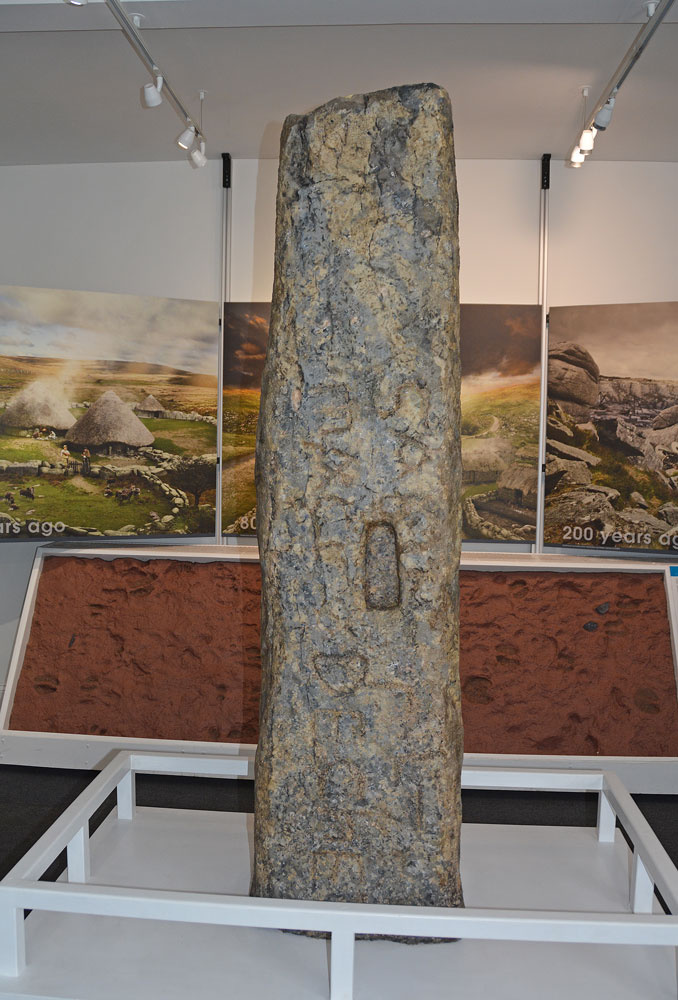
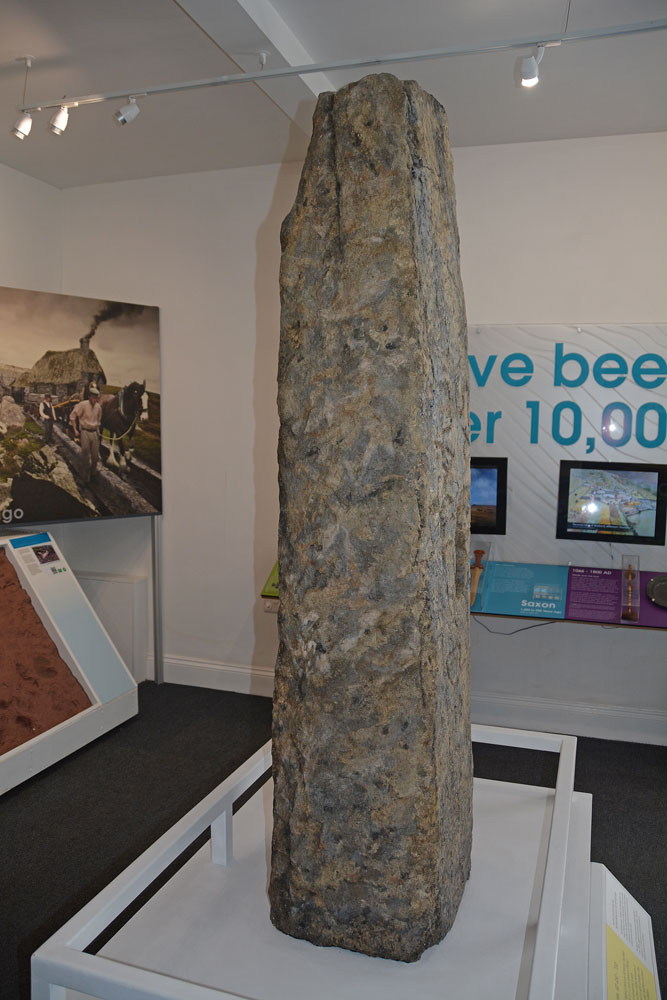
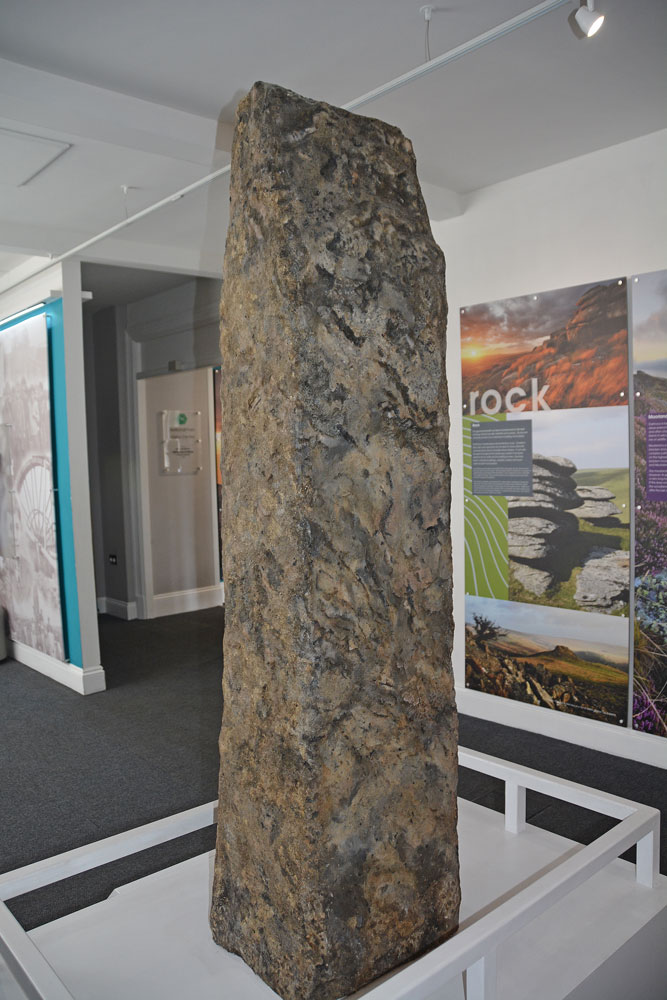
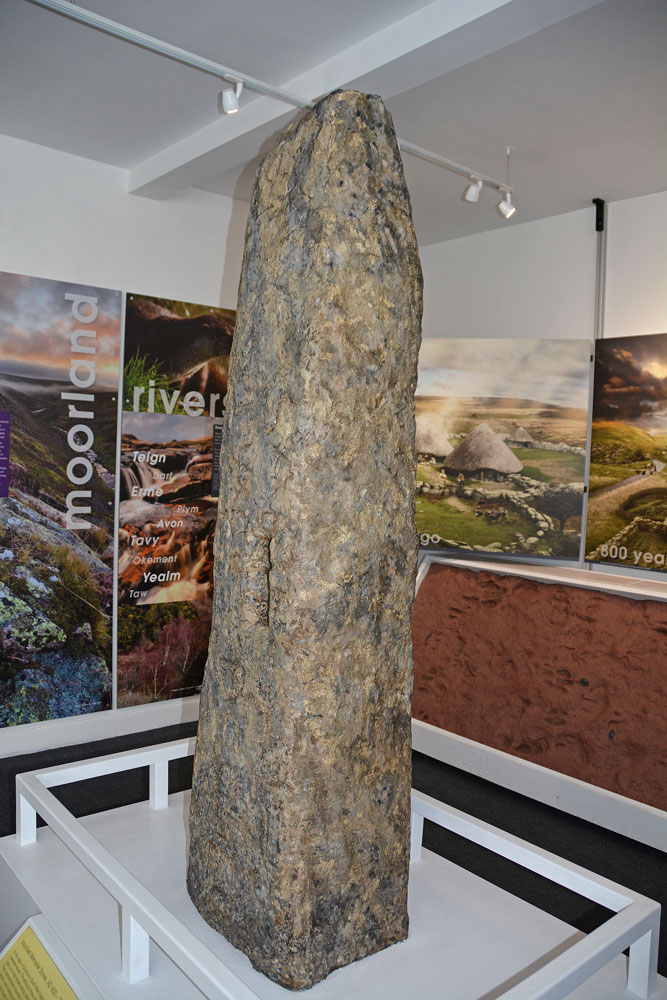



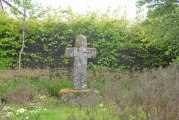
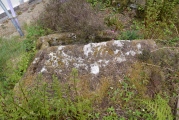
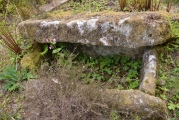
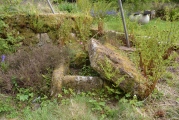



Do not use the above information on other web sites or publications without permission of the contributor.
Click here to see more info for this site
Nearby sites
Key: Red: member's photo, Blue: 3rd party photo, Yellow: other image, Green: no photo - please go there and take one, Grey: site destroyed
Download sites to:
KML (Google Earth)
GPX (GPS waypoints)
CSV (Garmin/Navman)
CSV (Excel)
To unlock full downloads you need to sign up as a Contributory Member. Otherwise downloads are limited to 50 sites.
Turn off the page maps and other distractions
Nearby sites listing. In the following links * = Image available
1.1km SW 225° Hart Tor North ring cairn* Ring Cairn (SX5819872694)
1.3km SW 218° Hart Tor North prehistoric settlement* Ancient Village or Settlement (SX5818572466)
1.4km WSW 252° Meavy Head Settlement Ancient Village or Settlement (SX577731)
1.5km ENE 74° Blackabrook* Cairn (SX60527386)
1.8km NNE 13° Holming Beam Stone* Ancient Mine, Quarry or other Industry (SX5947975229)
2.0km ENE 69° Roundhill South West 2* Cist (SX60917414)
2.0km ENE 69° Roundhill South West 1* Cairn (SX60927416)
2.2km ENE 63° Two Bridges Stone Row / Alignment (SX610744)
2.2km ENE 63° Roundhill Alignment Stone Row / Alignment (SX610744)
2.2km E 87° Blakey Tor West* Cist (SX61247355)
2.2km SW 215° Hart Tor North circle* Stone Circle (SX57717171)
2.2km SW 215° Hart Tor South Terminal Cairn* Cairn (SX57727170)
2.2km ENE 63° Roundhill Summit* Cairn (SX61057443)
2.2km SW 215° Hart Tor south row* Stone Row / Alignment (SX57687168)
2.3km SW 216° Hart Tor north rows* Multiple Stone Rows / Avenue (SX57637169)
2.3km E 86° Moorlands Farm* Cairn (SX6131273558)
2.3km E 99° Crock of Gold* Cairn (SX61287306)
2.3km ENE 65° Roundhill East (Devon)* Cairn (SX61167441)
2.4km NE 34° Beardown Farm Cist (SX60407540)
2.4km WSW 253° Walkhampton Enclosed Settlement* Ancient Village or Settlement (SX56747286)
2.4km ESE 105° Royal Hill Summit* Cairn (SX61307279)
2.4km SSW 213° Raddick Hill North* Ancient Village or Settlement (SX57657147)
2.6km SSW 204° Raddick Hill Cist* Cist (SX57937116)
2.7km NNW 330° Fice's Well* Holy Well or Sacred Spring (SX5773075865)
2.8km SW 222° Black Tor (Meavy)* Multiple Stone Rows / Avenue (SX5710271463)
View more nearby sites and additional images



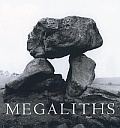


 We would like to know more about this location. Please feel free to add a brief description and any relevant information in your own language.
We would like to know more about this location. Please feel free to add a brief description and any relevant information in your own language. Wir möchten mehr über diese Stätte erfahren. Bitte zögern Sie nicht, eine kurze Beschreibung und relevante Informationen in Deutsch hinzuzufügen.
Wir möchten mehr über diese Stätte erfahren. Bitte zögern Sie nicht, eine kurze Beschreibung und relevante Informationen in Deutsch hinzuzufügen. Nous aimerions en savoir encore un peu sur les lieux. S'il vous plaît n'hesitez pas à ajouter une courte description et tous les renseignements pertinents dans votre propre langue.
Nous aimerions en savoir encore un peu sur les lieux. S'il vous plaît n'hesitez pas à ajouter une courte description et tous les renseignements pertinents dans votre propre langue. Quisieramos informarnos un poco más de las lugares. No dude en añadir una breve descripción y otros datos relevantes en su propio idioma.
Quisieramos informarnos un poco más de las lugares. No dude en añadir una breve descripción y otros datos relevantes en su propio idioma.